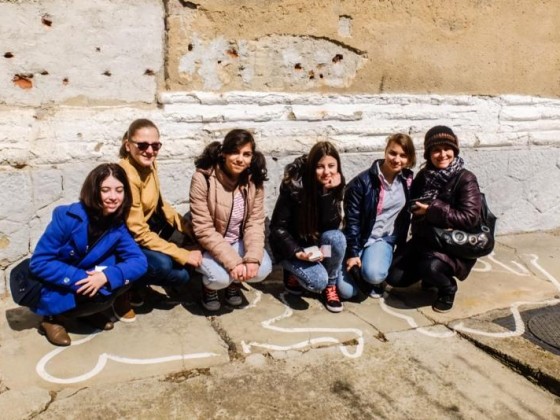Bucharest in spring is a delightful place to be ambling down tree-lined avenues, admiring belle epoque buildings, and, um…grim communist blocks.
Granted, the blocks are a scar on a city once described as the “Paris of the East.”
But, 25 years after the execution of detested dictator Nicolae Ceausescu, these symbols of the country’s darkest times are acquiring a lighter aspect as the country finally experiences a much-awaited catharsis.
